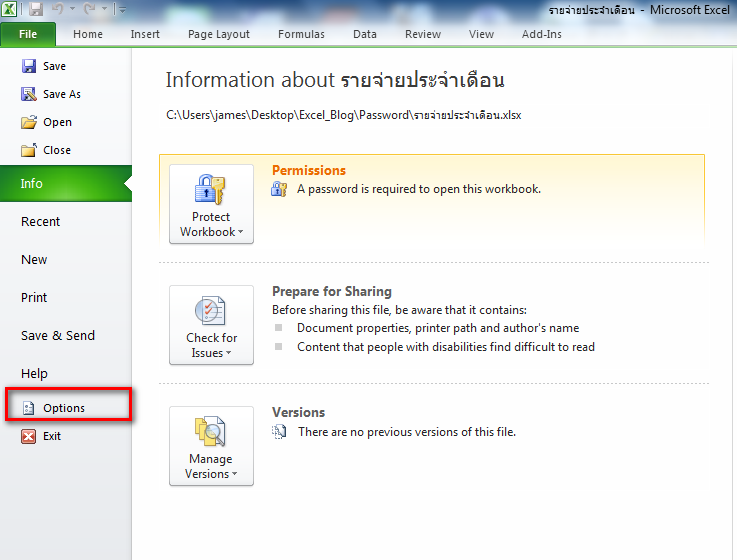

- #EXCEL TIP OF THE DAY HOW TO#
- #EXCEL TIP OF THE DAY PLUS#
- #EXCEL TIP OF THE DAY FREE#
- #EXCEL TIP OF THE DAY WINDOWS#
Next, click Add Level located at the top left of the Sort window. In the Order drop-down list, choose the colour you want shown first. In the Sort On drop-down list, choose Cell Color or Font Color. In the Sort by drop-down list, choose the column on which you want to sort. Ensure that My data has headers is checked if headers were included in your selection. On the Home ribbon tab, select Sort & Filter from the Editing group, then select Custom Sort. To do this, select the data to be sorted. Data can also be sorted based on cell colour and font colour. Sorting data in Excel is not limited to sorting based on cell values. Check Transpose, then click OK.Ĩ. Sort data based on colour. On the Home tab of the ribbon, select Paste from the Clipboard group, then select Paste Special. To do this, copy the data and place your cursor in the first cell you want the data to be pasted. Sometimes you need data that are organised horizontally to be vertical, and vice versa. Click the AutoSum button or press Alt+=.ħ.
#EXCEL TIP OF THE DAY PLUS#
Highlight a table of data, plus one additional row below and one additional column to the right of the data. AutoSum can be used to insert sum formulas that total all columns and rows at the same time. To quickly sum a list of values, select the cell at the bottom of a vertical list of values or to the right of a horizontal list of values and press Alt+=, then Enter.Ħ. To instantly select an entire table or data range, click anywhere within the table or data range and press Ctrl+A.ĥ. Instantly select an entire table or data range. To do this, highlight the cell or range of cells that should be named, then type the name in the Name Box (the box to the left of the formula bar). You can reference the name in your formulas and functions rather than trying to remember or find a specific cell or range of cells. A cell or a range of cells can be given a name in Excel. On the Data tab, Sort & Filter group, select Clear.ģ. Select the filtered rows and go to the Home tab, Cells group, and select Delete. Continue to repeat the steps for each column until no data appear. If any numbers are still visible, go to the second column of your data and repeat the step above. Click the drop-down arrow on the right side of the first column of your data, uncheck (Select All), and check (Blanks). On the Data tab, Sort & Filter group, select Filter. Select the entire columns that contain your data by clicking on the letters at the very top of the columns. For this to work, your header rows must be on the first row of the spreadsheet. Instead of deleting each blank row individually, you can delete all blank rows at once. You may have a spreadsheet with blank rows that are spread throughout the worksheet. To easily hide zero values, go to the File tab, Options, Advanced, and uncheck Show a zero in cells that have zero value.Ģ. Including many zero values in your data can be distracting.
#EXCEL TIP OF THE DAY WINDOWS#
To celebrate CIMA's centenary, FM magazine is pleased to present 100 tips and tricks for better leveraging technologies such as Microsoft Excel (some features are available only in the latest Microsoft Office and Windows versions).ġ. Technology tools are great aids in that quest, but they can do even more if you know the right techniques. Instead we could click on any cell and use Ctrl- A to select all of the data (up to the next blank row and column).Accountants are always looking for ways to do more and better work in less time. We could use the click-and-drag method on the data below, but if there were thousands of rows, it could take a long time. Sometimes it will be easier to use Excel Shortcut Keys for data selection. Excel Shortcut Key to Select a Whole Data Set On a MAC, use the Command key instead of the Ctrl key.

Selecting Non-Adjacent Rows or Columns of Data They are available in Excel 2013-2021, Office 365. Surprisingly, these shortcuts are not new. Still others are unaware of the shortcut keys that can make data selection easier than the click-and-drag method.
#EXCEL TIP OF THE DAY HOW TO#
However, I have found that a lot of people have no idea about how to select non-adjacent rows or columns of data. Most people find it easy to select data in Excel by clicking and dragging the mouse.
#EXCEL TIP OF THE DAY FREE#


 0 kommentar(er)
0 kommentar(er)
